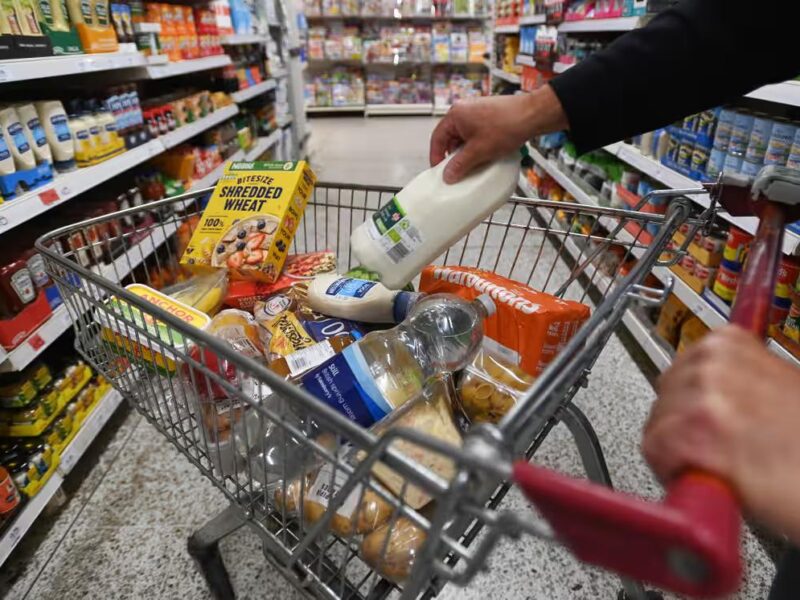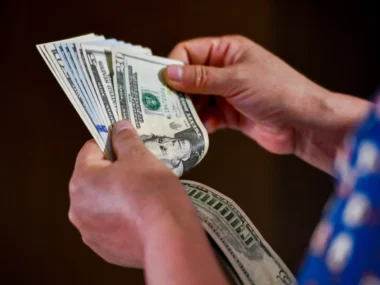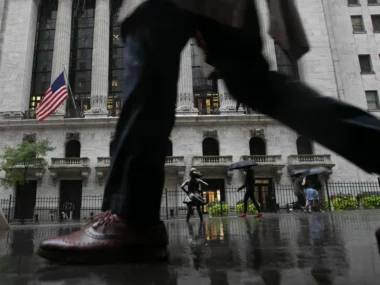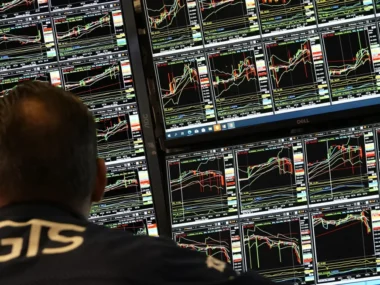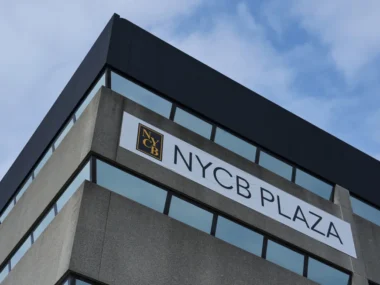As grocery price increases slow, staples like butter, dried pasta, and milk will see decreases.
With a little alleviation of the cost of living issue, food price inflation has fallen to single digits for the first time in fifteen months.
According to data provider Kantar, the rate of increase in grocery prices decreased to 9.7% in the four weeks leading up to October 29. This is the first time the rate has fallen to single digits since July 2022.
People are still feeling the pinch as prices climb, despite the fact that this is a “big milestone” for the British public and retailers, according to Fraser McKevitt, head of retail and consumer insight at Kantar.
“Only a few key categories, such as butter, dried pasta, and milk, are experiencing price decreases year over year,” he stated.
“Retailers continue to look at ways to soften the blow for shoppers and slow the rate of price rises,” McKevitt continued. This has included stepping up the promotions; all of the grocery stores boosted the percentage of sales from offers in comparison to the previous year, something that has only happened once in almost a decade.
The percentage of total grocery sales that consumers spend on promotions has increased to 27.2%, the highest level since Christmas of last year. In October 2022, the figure was less than a quarter; this is a significant change.
In an effort to save money, shoppers are still trading down and adding more store-owned products to their baskets than more costly name brands.
Since February 2022, own-label products have increased in value every month more than branded ones have. Over the last four weeks, own-label sales have increased by 8% while branded sales have increased by 6.7%. But when the holiday season approaches, things can look different because that’s when people usually buy more branded goods. It’s the closest difference between branded and own-label products since April of last year.
A typical bottle of sparkling wine cost £6.86 in October compared to £7.46 in August, an 8% decrease in price. Due in part to the Sober October challenge, sales volumes of low-alcohol beer increased by 16% during the last month, despite the higher prices of this type of beer.
With sales rising 14.7% in the 12 weeks ending on October 29, Lidl was once again the store with the quickest rate of growth. Next to Waitrose, Aldi was the only grocery store to see a gain in sales year over year, drawing in 207,000 more consumers than the previous year. Aldi and Waitrose gained market share with sales increases of 13.2% and 5.4%, respectively.
This month, Sainsbury’s emerged as the fastest-growing traditional supermarket, with sales rising 10.1% in the last 12 weeks.
The announcement coincided with Primark’s statement earlier in the year that it implemented “selective price increases” in order to safeguard profitability, adding that the cost increase was only transitory. In the year ending September 16, it reported 8.5% rise in like-for-like sales, with a greater 10% growth in the first half compared to a 7% growth in the second.
“We expect further growth in sales next year driven by new selling space expansion of about 1 million sq ft and modest levels of like-for-like sales growth,” stated George Weston, chief executive of Associated British Foods, the company that controls the discount retailer.

